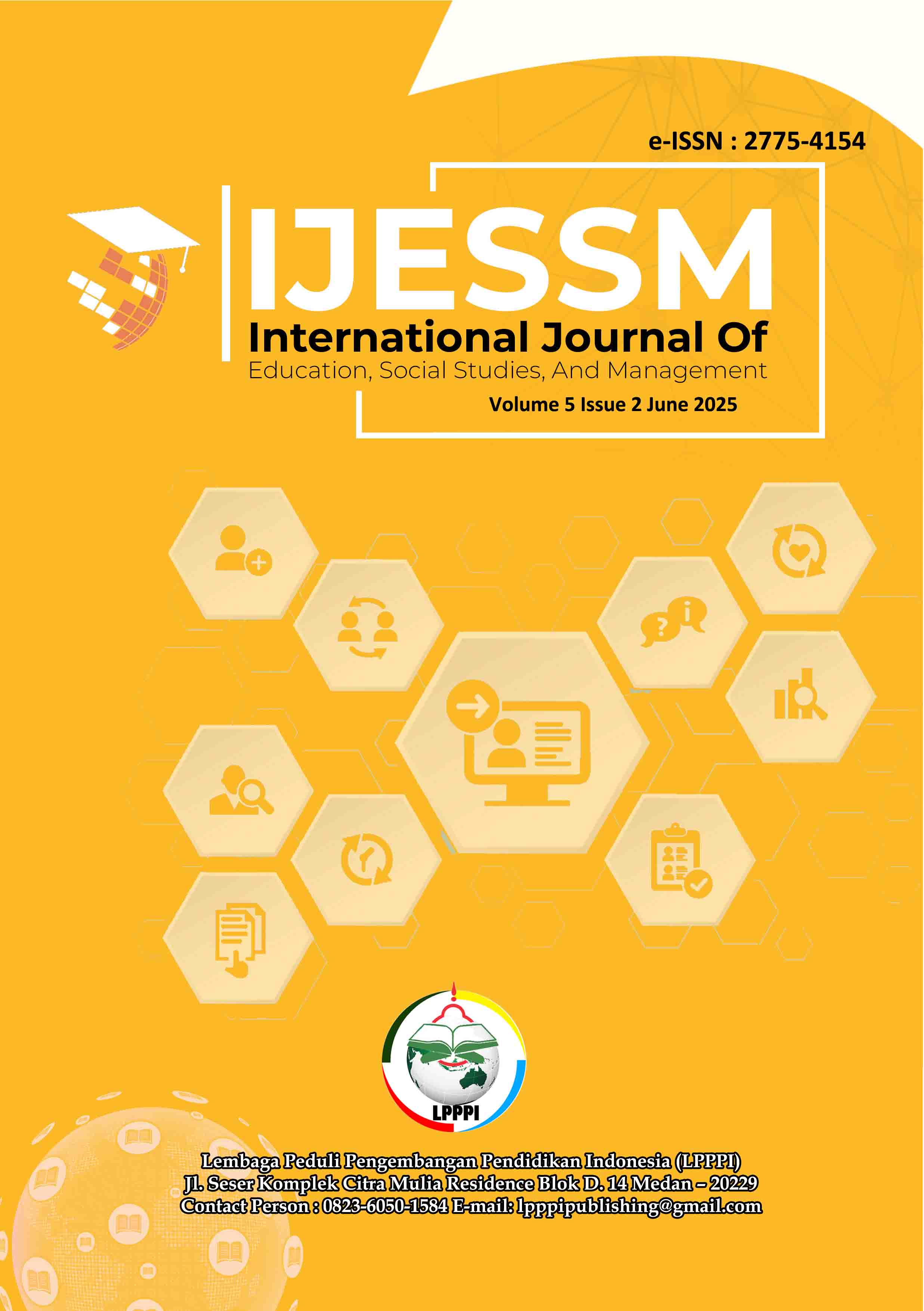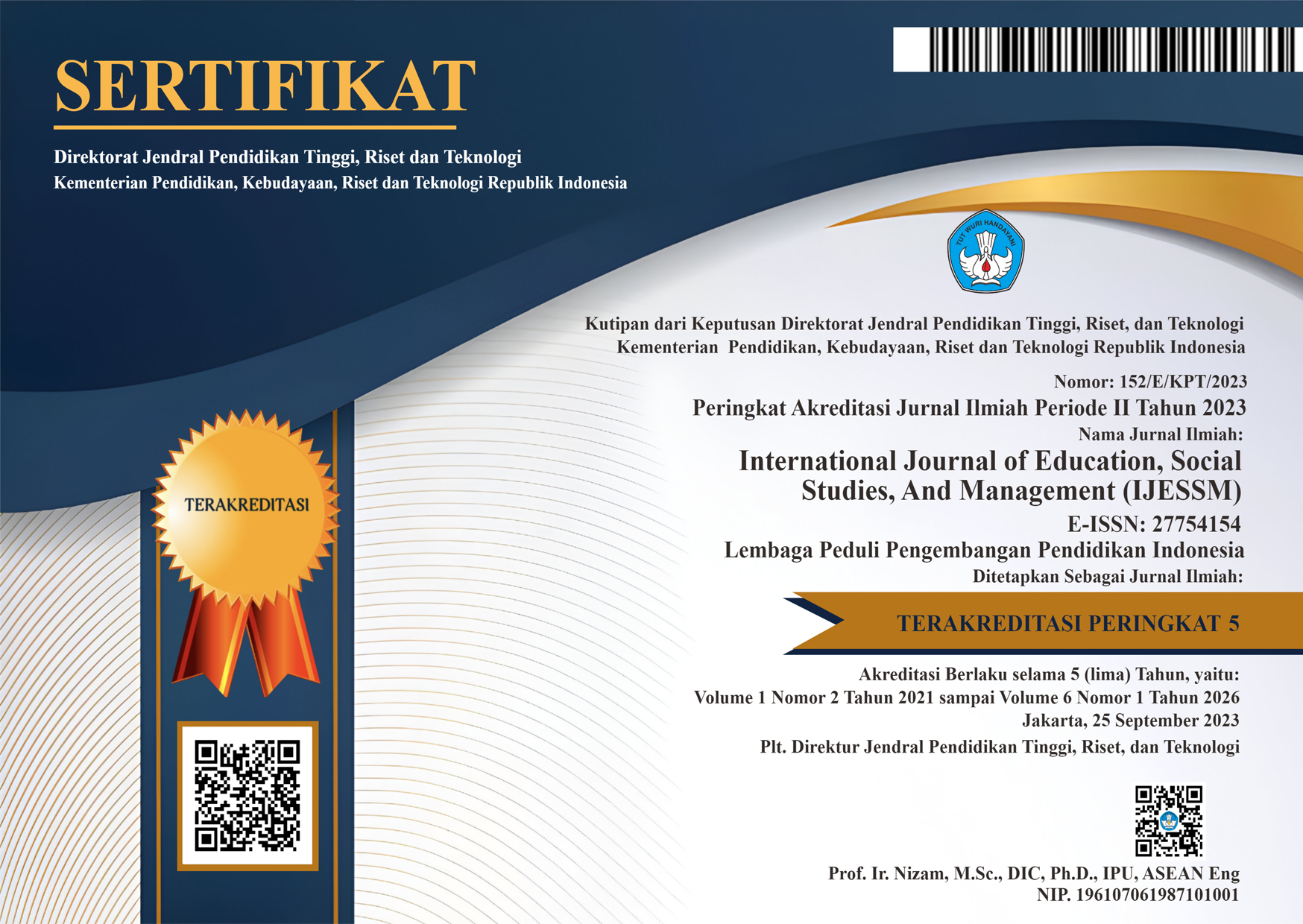Legal Protection For Women as Victims of Sexual Morphing From the Perspective of Islamic Criminal Law
DOI:
https://doi.org/10.52121/ijessm.v5i2.834Keywords:
Sexual Morphing, Legal Protection, Islamic Criminal LawAbstract
This paper highlights the contemporary issue of gender-based violence that occurs in the digital space, especially in the form of a crime known as morphing. Morphing is actually a technique in the field of digital technology that initially did not have a criminal connotation, but was used legally in industries such as film to create certain visual effects - namely by changing the character or shape of an image from one form to another. However, the development of this technology has also opened up opportunities for misuse by irresponsible parties. The morphing technique is now often used for actions that are detrimental and demeaning to the dignity of victims, especially women. The perpetrators usually edit or manipulate the victim's personal images or videos without their knowledge and consent, and combine them into pornographic visual content. This modification is then distributed with the intention of blackmailing, intimidating, or destroying the victim's reputation in the public eye. The main focus of this study is how forms of legal protection can be applied to women as victims of morphing crimes, especially based on the regulations contained in Law Number 12 of 2022. This study aims to provide an analysis of these legal provisions within the framework of creating a fair and socially just justice system, as well as making related articles a strong legal basis.
Downloads
Published
How to Cite
Issue
Section
License
Copyright (c) 2025 International Journal Of Education, Social Studies, And Management (IJESSM)

This work is licensed under a Creative Commons Attribution 4.0 International License.

















